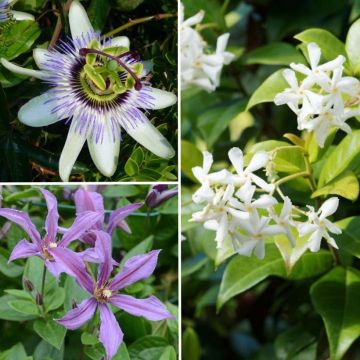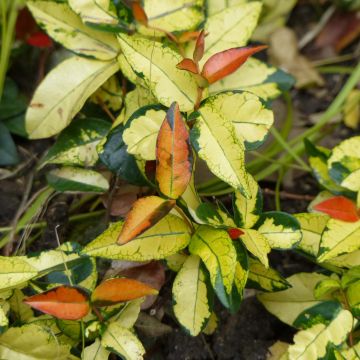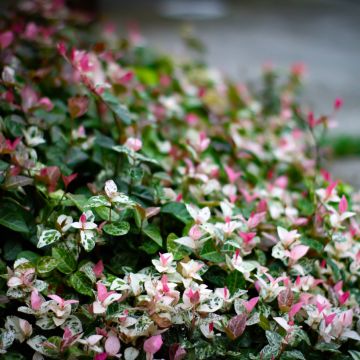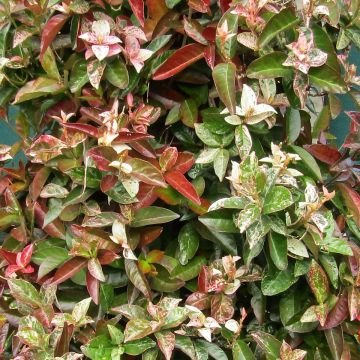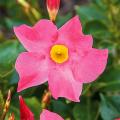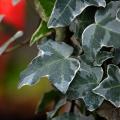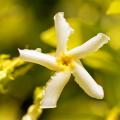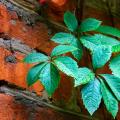Star Jasmine - Trachelospermum
Would this plant suit my garden? Set up your Plantfit profile →
Available in 3 sizes
Available in 0 sizes
Available in 0 sizes
Available in 2 sizes
Available in 2 sizes
Available in 0 sizes
Available in 1 sizes
Available in 1 sizes
Available in 1 sizes
Available in 2 sizes
Available in 2 sizes
Available in 1 sizes
Available in 1 sizes
Available in 1 sizes
Available in 1 sizes
Available in 1 sizes
Available in 0 sizes
Available in 1 sizes
Available in 2 sizes
Available in 1 sizes
Available in 1 sizes
The star jasmine or Trachelospermum (jasminoides or asiaticum) is a delightful evergreen climbing plant, with a remarkably fragrant flowering made up of star-shaped flowers that resemble those of jasmine. Let it twine around a trellis or a fence and enjoy its fragrance in the garden in open ground, or in a container on the balcony or terrace. Despite the similarity of their flowers, the true jasmine of the genus Jasminum and our false jasmine, belonging to the genus Trachelospermum, do not belong to the same family of climbing plants. The former, from the olive family, is related to lilac and olive trees. While our Trachelospermum is a cousin of periwinkle, from the dogbane family. The flowers of star jasmine, are white, yellow or even pink in the case of 'Pink Showers', and appear relativly earlt in summer, depending on the climate. They provide a sweeter and less overpowering fragrance than that of jasmine, which allows us to place them closer to the house or a window without fearing headaches. As for the foliage, star jasmines have pretty evergreen and glossy leaves, green or variegated, sometimes tricoloured, which take on beautiful red hues in cold weather or intense drought. They are plants that are not demanding in terms of soil and water, and they are moderately hardy (down to -12/-15°C (10.4/5°F) in well-drained soil).
Haven't found what you were looking for?






































